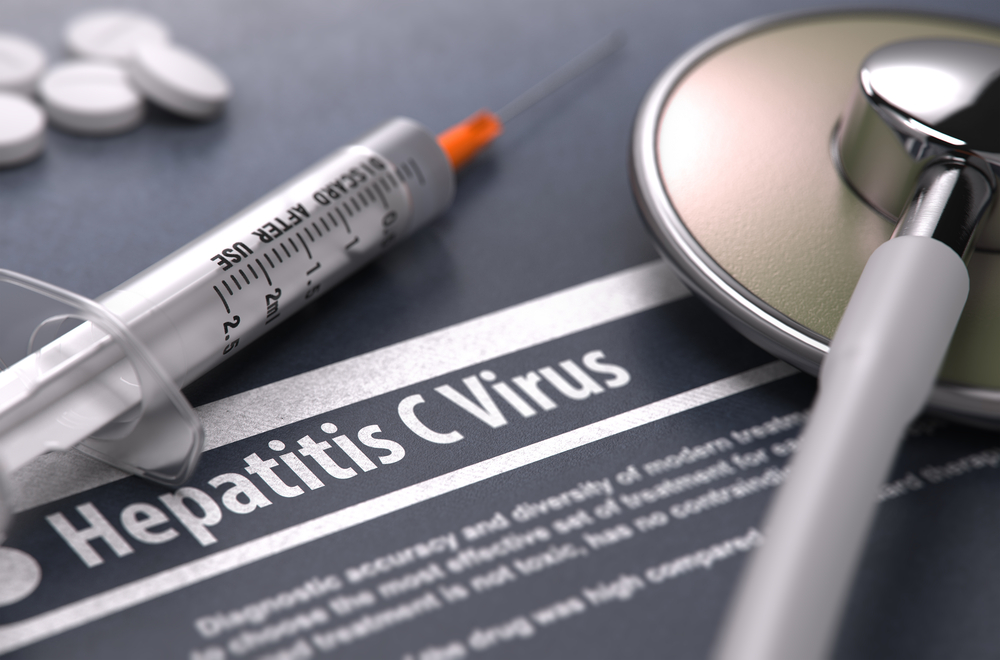
Hepatitis C is officially the deadliest infectious disease in the United States. Deaths related to hepatitis C (HCV) reached an all-time high in 2014—accounting for 19,659 deaths that year, according to a May 4 release from the Centers for Disease Control and Prevention. In 2003, the number of HCV deaths was 11,051. The number of Americans who died from HCV exceeded the total combined deaths from 60 other infectious diseases—including HIV, pneumococcal disease (e.g. pneumonia and meningitis) and tuberculosis.
The uptick in new HCV cases, seen especially among injection drug users, more than doubled between 2010 and 2014. However, many suspect that the number is much higher due to limited screening and underreporting, said Dr. John Ward, director of CDC’s division of viral hepatitis. “We estimate the number of new infections is closer to 30,000 per year,” he told CNN. “So both deaths and new infections are on the rise.”
According to the agency, since HCV symptoms don’t become apparent for up to 20 years, half of those infected don’t even know it. “Most people do not know they are infected, because people don’t really feel ill until the disease is very advanced,” said Ward.
According to the CDC, about 3.5 million Americans are living with chronic hepatitis C. The viral disease causes liver inflammation, and chronic or untreated HCV infections can result in cirrhosis, liver cancer and liver failure.
What is so frustrating for the families of those lost, is that the most recent advances in HCV treatment can now cure most infections within ninety days. Ward says it’s important to get tested, especially for baby boomers born between 1945 and 1965. This age group is more likely to have received a blood transfusion or organ transplant before 1992, said Ward, which is when all donated blood/organs began to be tested for HCV.
More than half of the 19,659 HCV deaths in 2014 occurred among those between ages 55-64, according to the CDC.
“These deaths should not be going up, they should be going down,” said Ward. “We want every baby boomer to go to their doctor and get a one-time test. It’s a simple blood test, and can be done at any regular checkup or screening.” Following this advice could save “more than 320,000 deaths” over the next 15 years, said Ward.